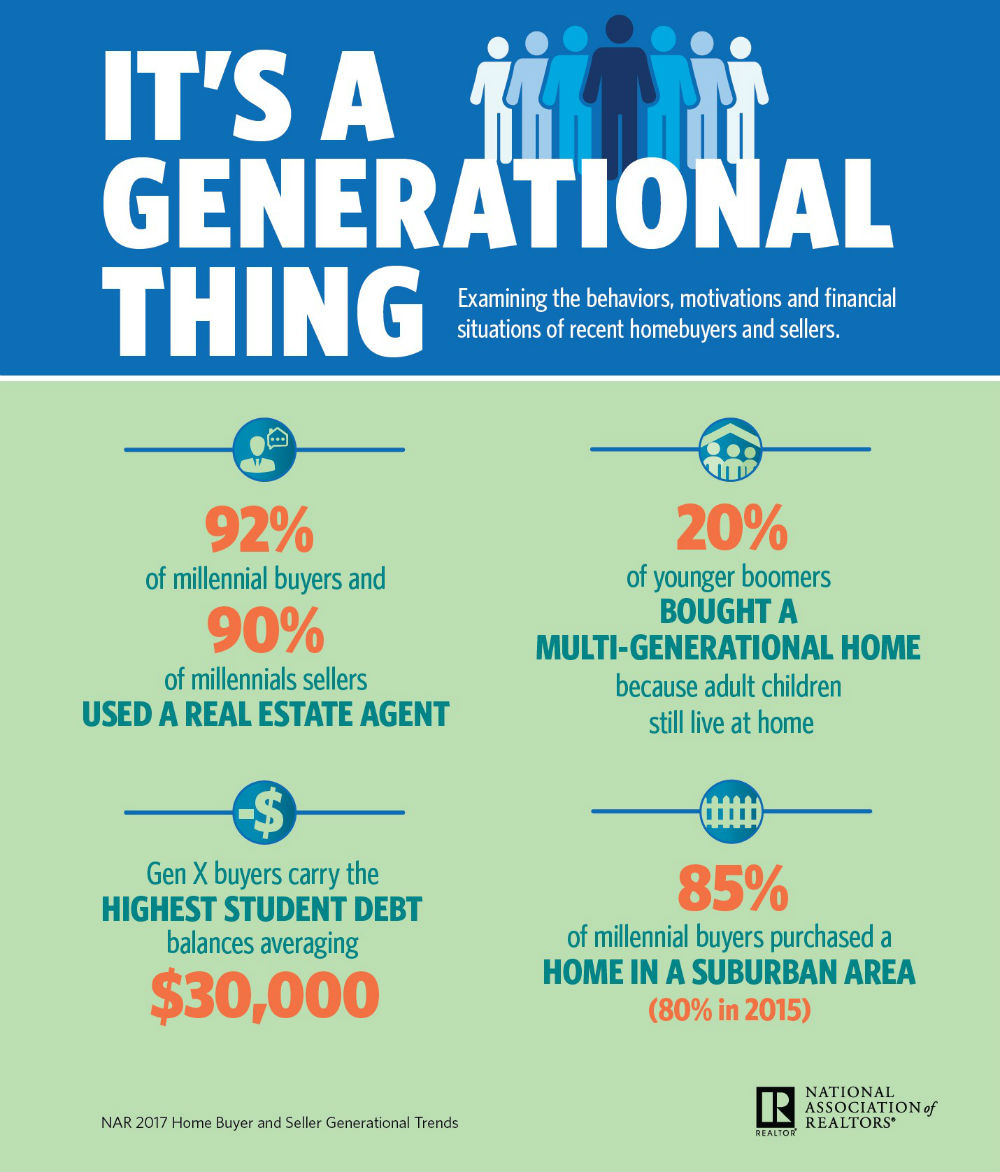Multifamily Investing: Analyzing Cap Fees And Cash Flow
Multifamily Investing: Analyzing Cap Fees And Cash Flow
Blog Article
Content Written By-Holdt Kruse
When it pertains to multifamily investing, recognizing cap prices and capital is a critical part of your technique. You may claim that these monetary indications are the backbone of your investment evaluation.
However why are they so essential? Well, let's simply claim that they hold the key to opening the possible success of a multifamily home. By analyzing cap prices and cash flow, you can get important insights right into the building's current and future efficiency.
So, if you prepare to take your multifamily investments to the following level, let's study the globe of cap prices and capital evaluation.
Importance of Cap Rates in Multifamily Spending
Recognizing the importance of cap rates is crucial in multifamily investing as it directly influences the possible capital and earnings of your investment building.
Cap rate, short for capitalization rate, is a crucial metric used to examine the worth and roi of a multifamily residential or commercial property. It's determined by splitting the net operating revenue (BRAIN) by the residential property's acquisition cost.
A higher cap price indicates a higher prospective roi, while a reduced cap price recommends a reduced potential return. By assessing igb commercial reit prospectus , you can examine the risk and success of different financial investment possibilities.
In addition, cap rates can help you establish the reasonable market price of a building and contrast it to comparable buildings on the market. As a result, understanding and meticulously considering the cap rate is crucial in making enlightened financial investment decisions.
Cash Flow Analysis: Secret Metrics and Estimations
To effectively review the capital capacity of a multifamily investment building, it is very important to examine key metrics and carry out estimations that offer valuable insights into its success.
One vital metric to take into consideration is the Internet Operating Revenue (BRAIN), which is the residential or commercial property's potential income after subtracting general expenses. By deducting the home's yearly general expenses from its gross possible earnings, you can determine the NOI.
Another crucial metric is the Cash-on-Cash Return, which measures the annual return on your preliminary investment. It's calculated by separating the residential property's annual cash flow by the complete cash invested.
Furthermore, the Debt Service Insurance Coverage Ratio (DSCR) is vital in analyzing the building's ability to cover its debt repayments. This ratio is identified by dividing the home's NOI by its yearly financial obligation solution.
Variables Influencing Cap Fees and Cash Flow in Multifamily Investments
Factors such as location, market problems, and home administration substantially impact cap prices and cash flow in multifamily investments.
Place plays an essential function in identifying the need for rental buildings and the possible rental earnings. Purchasing a multifamily home situated in a desirable community with services and good institutions can attract top quality lessees and command higher rents. On https://blogfreely.net/charlette39mac/multifamily-investing-just-how-to-develop-a-profitable-realty-profile , a building situated unhealthy or less desirable area might struggle to bring in occupants, causing reduced occupancy rates and rental earnings.
Market problems additionally have a direct effect on cap prices and cash flow. Variables such as supply and need, rate of interest, and economic problems can influence rental prices, vacancy prices, and building values.
Conclusion
Worldwide of multifamily investing, examining cap rates and capital is important. These metrics offer useful understandings into the earnings and possible returns of a residential property.
Just like a compass overviews a tourist through undiscovered areas, cap prices and cash flow act as directing lights for capitalists, helping them browse the complicated landscape of multifamily investments.
By recognizing these factors and their impact, capitalists can make educated choices and optimize their financial success in this profitable market.
